Spring flowers from Moinesti: April 28 2021
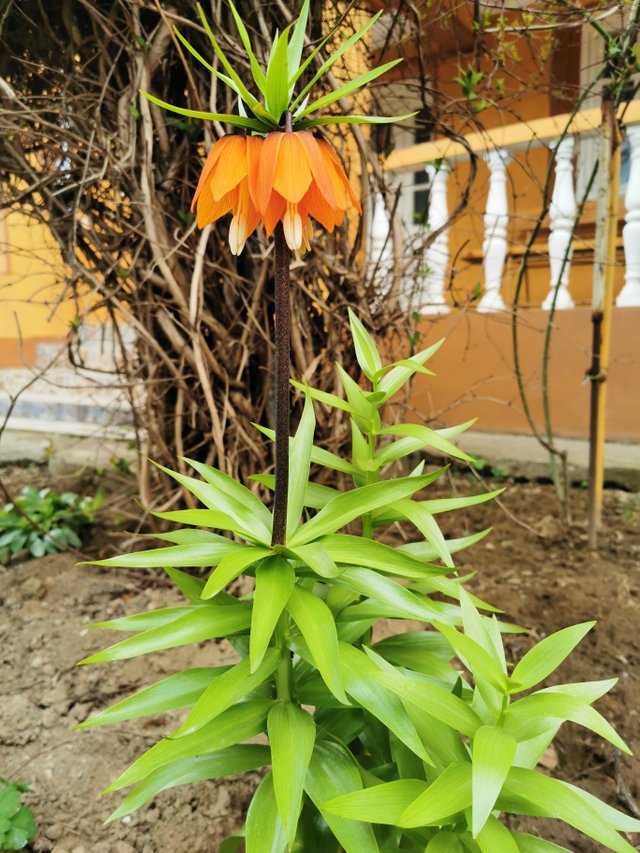
Fritillaria imperialis, the crown imperial, imperial fritillary or Kaiser's crown, is a species of flowering plant in the lily family Liliaceae, native to a wide stretch from the Anatolian plateau of Turkey, Iraq and Iran (i.e. Kurdistan to Afghanistan, Pakistan, Northern India and the Himalayan foothills. It is also widely cultivated as an ornamental and reportedly naturalized in Austria, Romania, Sicily, and Washington State, USA. The common names and also the epithet "imperialis", literally "of the emperor", refer to the large circle of golden flowers, reminiscent of an emperor's crown.
Fritillaria imperialis grows to about 1 m (3 ft) in height, and bears lance-shaped, glossy leaves at intervals along the stem. It bears a prominent whorl of downward facing flowers at the top of the stem, topped by a 'crown' of small leaves, hence the name. While the wild form is usually orange-red, various colours are found in cultivation, ranging from nearly a true scarlet through oranges to yellow. The pendulous flowers make a bold statement in the late spring garden; in the northern hemisphere, flowering takes place in late spring, accompanied by a distinctly foxy odour that repels mice, moles and other small animals.
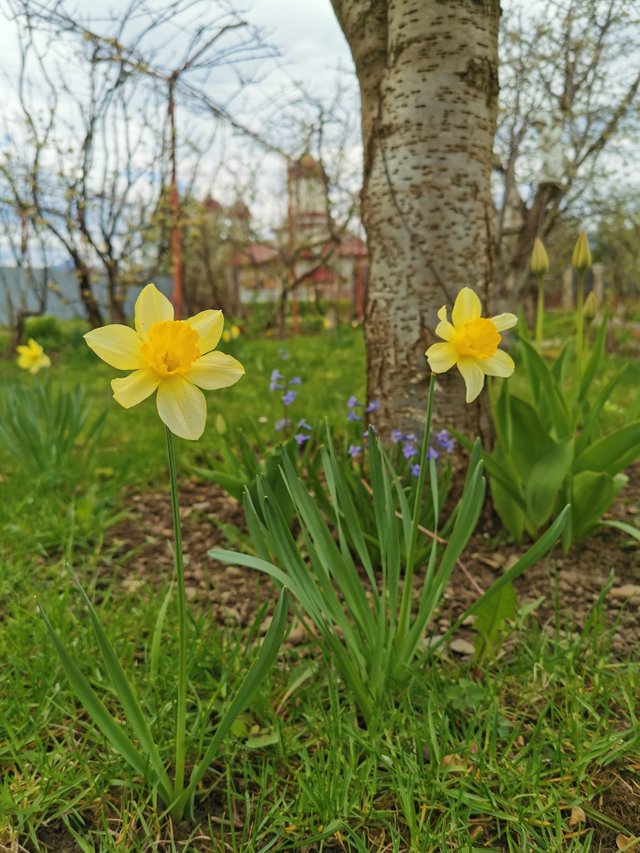
Narcissus is a genus of predominantly spring flowering perennial plants of the amaryllis family, Amaryllidaceae. Various common names including daffodil, narcissus and jonquil are used to describe all or some members of the genus. Narcissus has conspicuous flowers with six petal-like tepals surmounted by a cup- or trumpet-shaped corona. The flowers are generally white and yellow (also orange or pink in garden varieties), with either uniform or contrasting coloured tepals and corona.
Narcissus were well known in ancient civilisation, both medicinally and botanically, but formally described by Linnaeus in his Species Plantarum (1753). The genus is generally considered to have about ten sections with approximately 50 species. The number of species has varied, depending on how they are classified, due to similarity between species and hybridisation. The genus arose some time in the Late Oligocene to Early Miocene epochs, in the Iberian peninsula and adjacent areas of southwest Europe. The exact origin of the name Narcissus is unknown, but it is often linked to a Greek word for intoxicated (narcotic) and the myth of the youth of that name who fell in love with his own reflection. The English word "daffodil" appears to be derived from "asphodel", with which it was commonly compared.
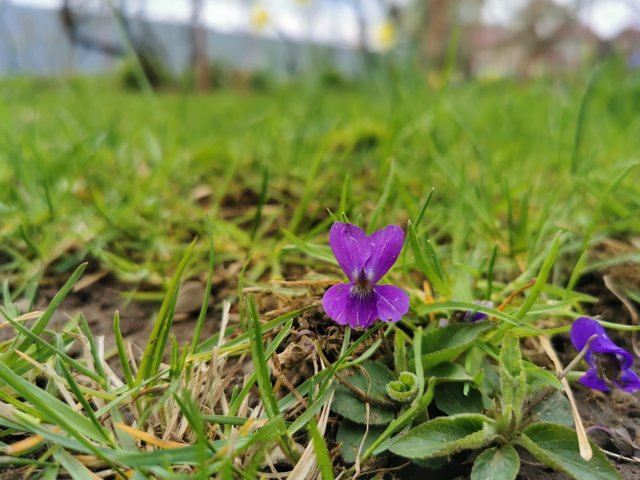
Viola odorata is a species of flowering plant in the viola family, native to Europe and Asia. This small hardy herbaceous perennial is commonly known as wood violet, sweet violet, English violet, common violet, florist's violet, or garden violet. It has been introduced into North America and Australia.
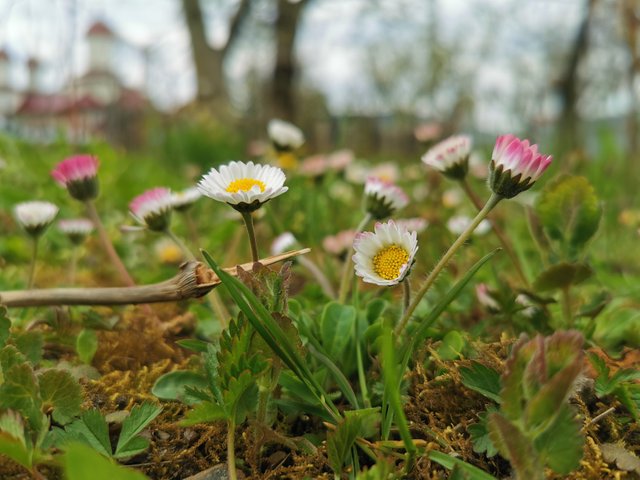
Erigeron acer is a widespread herbaceous flowering plant in the daisy family Asteraceae. Common names include bitter fleabane and blue fleabane. The species is native to Canada, colder parts of the United States, northern, central, and southeastern Asia, and most of Europe.
Erigeron acer is a biennial or perennial herb up to 100 cm (40 inches) tall, producing a taproot and a woody rhizome. One plant can produce many small flower heads, each with pink, lilac, or occasionally white ray florets and yellow disc florets.
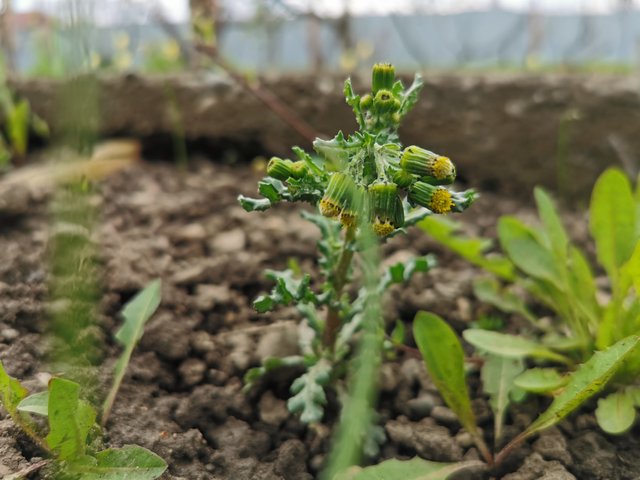
Taraxacum officinale, the dandelion or common dandelion,[5] is a flowering herbaceous perennial plant of the dandelion genus in the family Asteraceae (syn. Compositae). The common dandelion is well known for its yellow flower heads that turn into round balls of many silver-tufted fruits that disperse in the wind. These balls are usually called "clocks" in both British and American English. The name "blowball" is also used.
The common dandelion grows in temperate regions of the world in lawns, and on roadsides, disturbed banks, shores of waterways, and other areas with moist soils. The common dandelion is most often considered a weed, especially in lawns and along roadsides, but the leaves, flowers, and roots are sometimes used in herbal medicine or as food.
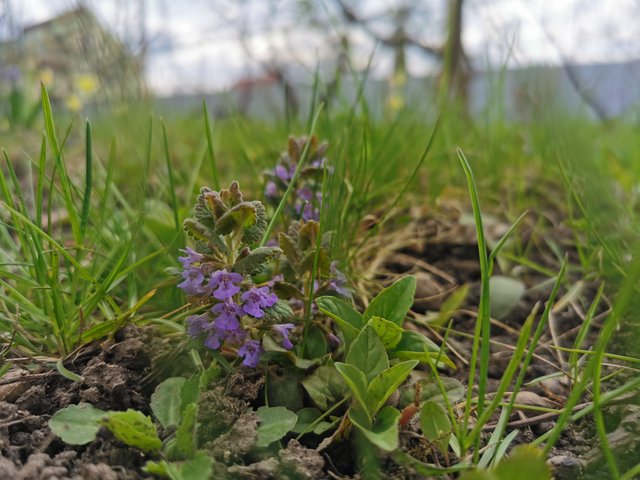
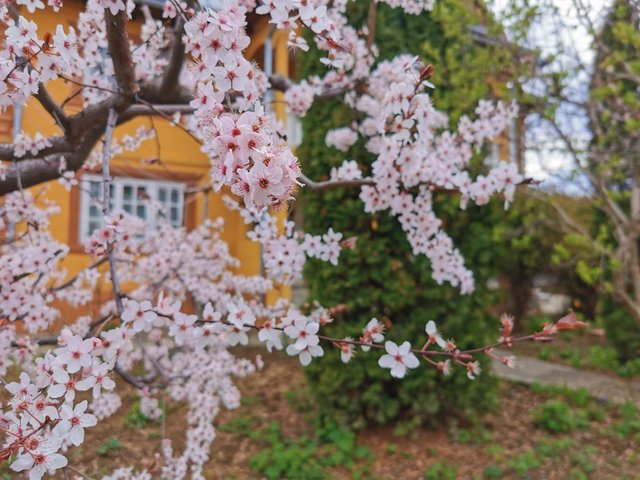
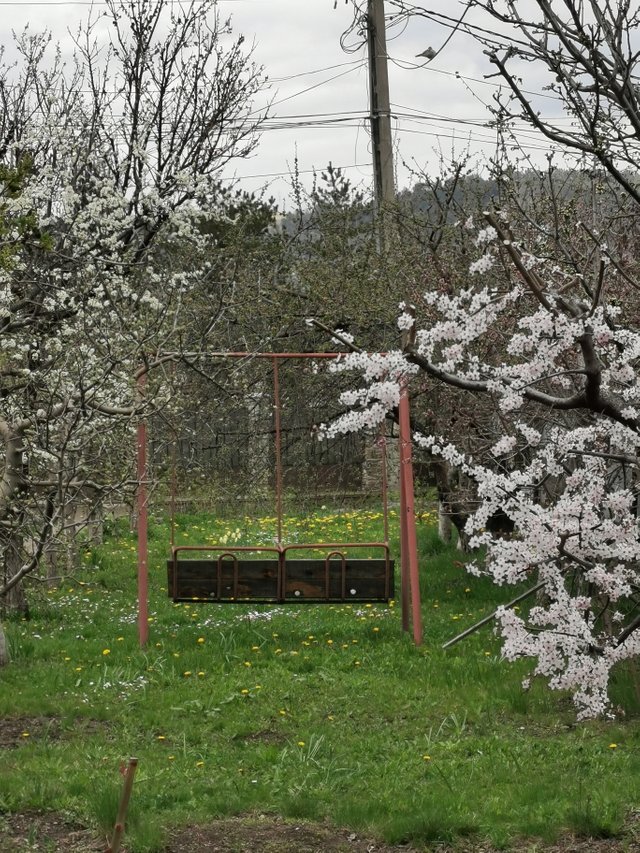
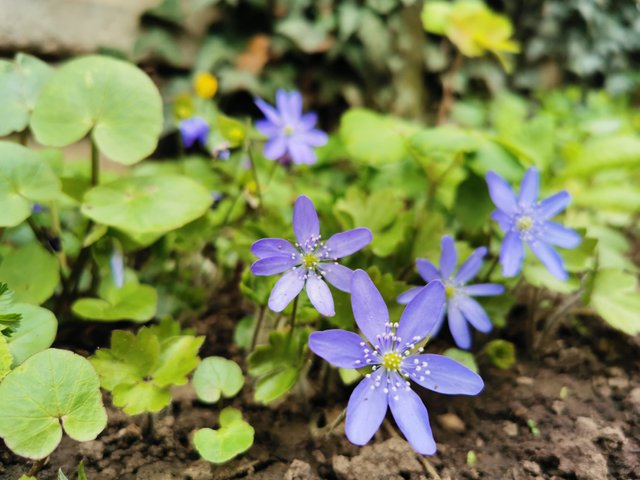
Hepatica transsilvanica, called the large blue hepatica, is a species of flowering plant in the genus Hepatica, native to the Carpathian Mountains of Romania. It has gained the Royal Horticultural Society's Award of Garden Merit.
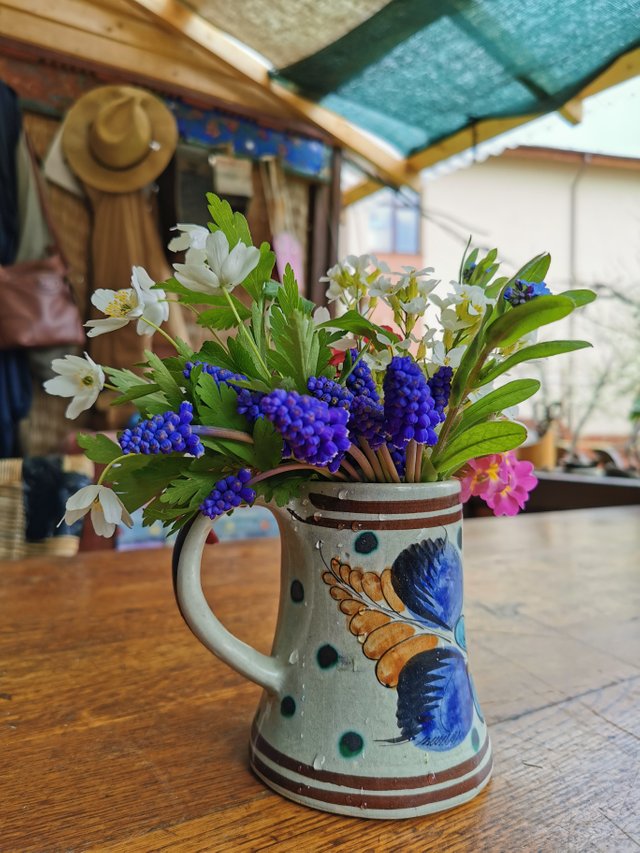
☛ Follow me on steemit: https://steemit.com/@jesuisciprian